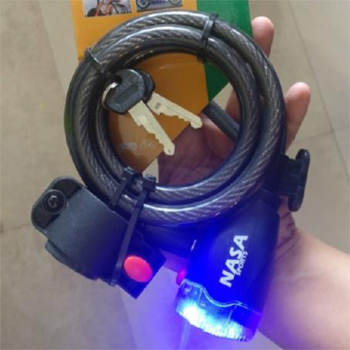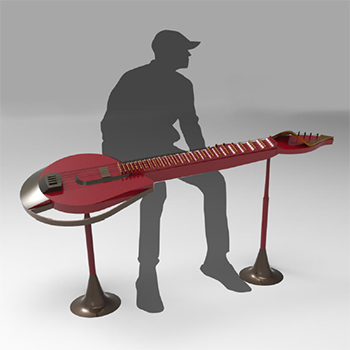The present-day Saraswati Veena, attributed to Raghunath Nayak (circa 17th century ) of Tanjavur in Tamil Nadu, is one of the most important Indian classical instruments. It is seen adorned by Saraswati – the goddess of wisdom and knowledge. Known for its deep, mellow tone and ocean of shrutis (microtones). But in spite of the glorious history, it has not been able to capture the attention of the music-loving youth of our nation. From Veena adorning the 60s and 70s household to the present-day scenario where the youth seemed to have gravitated towards a Fender or Stratocaster. The reason for it might be the popularity of Western music in pop culture due to high availability and easily accessible lessons and tutorials, etc. There are only a handful of Veena makers left, with the next generation preferring some other profession. Addressing issues like portability, fragility and sustainability while capturing the same sound. Reimagining the instrument in a new form which can represent the youth yet does not take away the essence of the timelessness of the instrument is the need of the hour. So, developing a design which is easy to manufacture is also important to rekindle the interest of young musicians towards this wonderful musical instrument.


